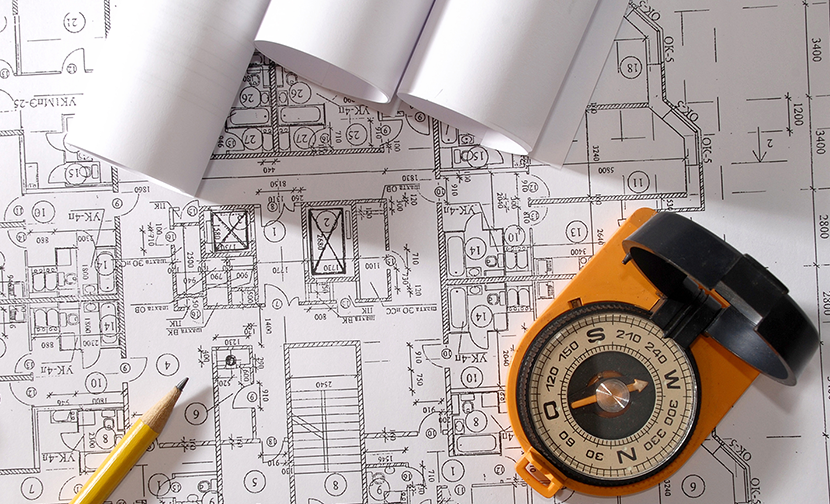Vasthu is not a myth or a superstition as many in the modern world would like to believe. Vasthu is a science developed centuries ago for designing buildings like palaces or modest homes and work places. The ancient epic ‘The Mahabharatha’ also refers to Lord Vishwakarma and his science of architecture in the construction of the Lakshagraha (Wax Palace). Vasthu provides the basics of construction especially in harnessing the energies of nature for the betterment of home and society.
Vastu Shastra is based on the concept of scientifically combining the five basic elements – earth, water, fire, air and sky – to create a pleasant setting. Vasthu principles integrated with architecture boost health, wealth, energy and prosperity and make the living or working atmosphere serene and enlightened.
Sky (West) denotes expansions and enhancements; Vayu (East, Northeast) joy and happiness; Agni (South) power and fame; Water (North) spirituality & healing; and Earth (Centre) for stability, peace & harmony
The foundation of a dream home
The following are some of the golden principles of Vastu Shastra which need to be followed while constructing a new home or renovating an old place:
- House next to temple, hospital or grave-yard should be avoided because these places emit negative energies.
- No one should sleep or sit under a beam of iron. Beams can cause severe stress, shoulder pain, headaches and joint problems. If there is a beam between husband and wife, it can cause marital discord.
- The head of the family’s bedroom should be in the southwest corner of the building, which has an auspicious effect on the inhabitants of the house.
- Mandir or puja room should be in the northeast as one should face east to make prayers effective and enjoy the Lord’s blessings.
- Kitchen should be in southeast as this direction is governed by fire. The northwest is also a good alternative location.
- The entrance to the house should be in the East, West or North to be beneficial to the residents
